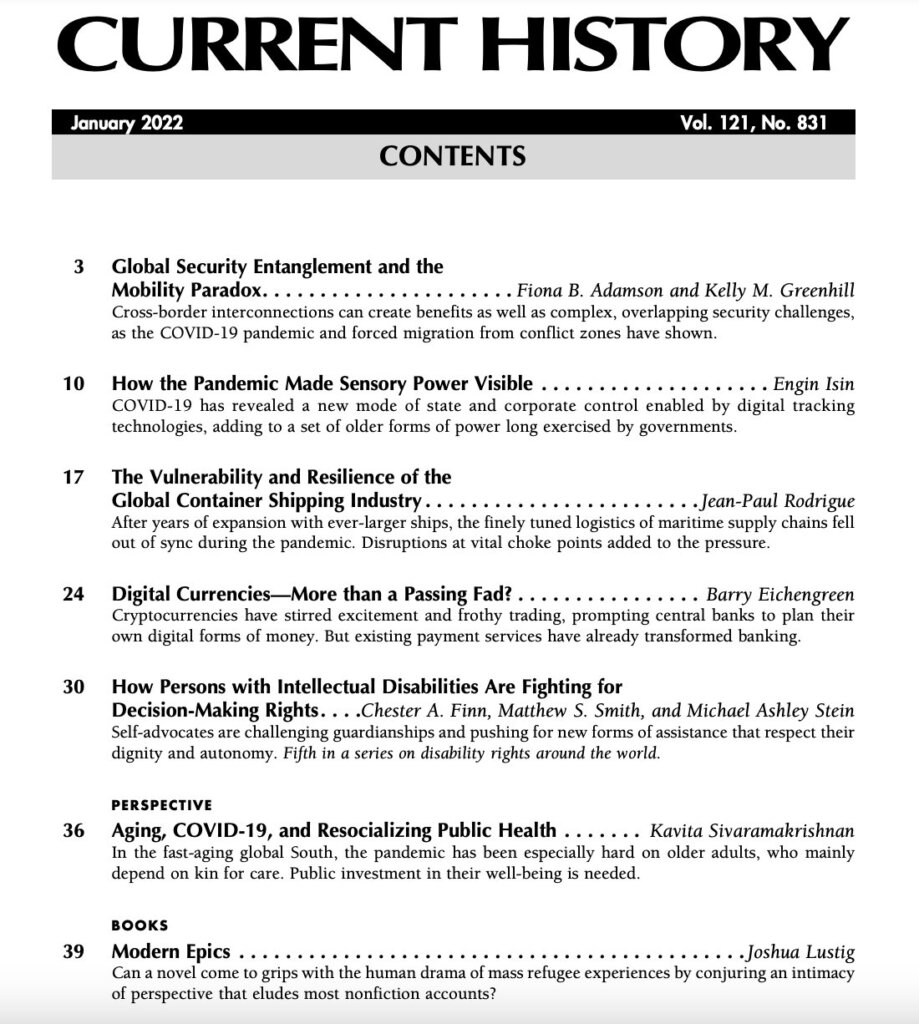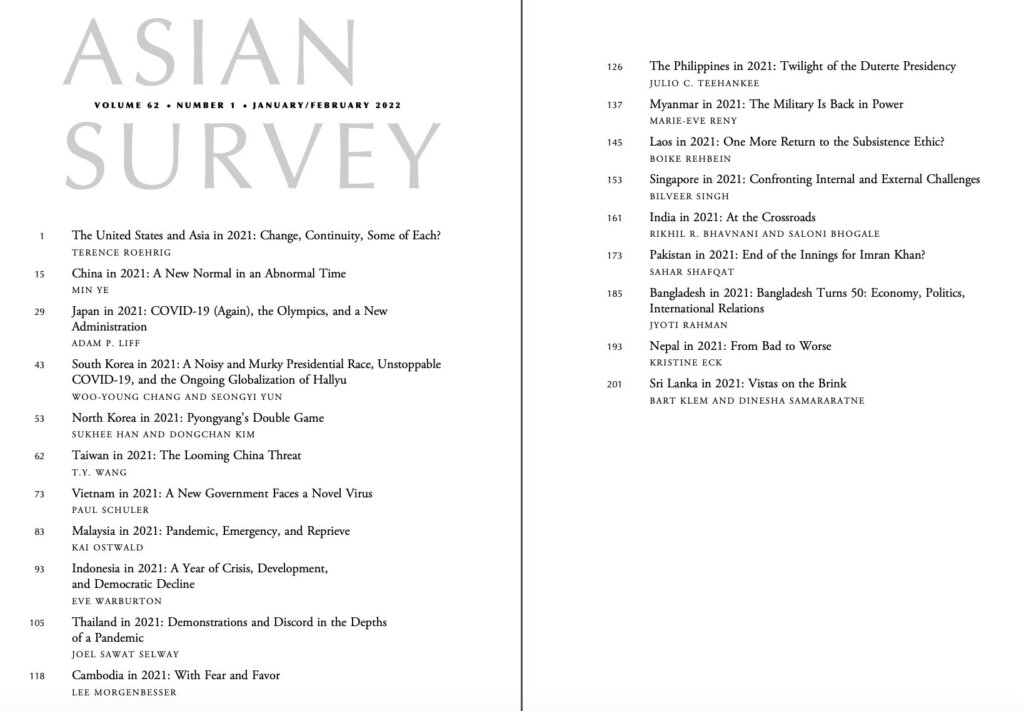As the Society for Historians of American Foreign Relations convenes this week in New Orleans, UC Press is pleased to remove the paywall from select journal content that we think will be of interest to SHAFR members and conference attendees.
Pacific Historical Review
Pacific Historical Review has made the following content free to read online:
Philippine Independence in U.S. History: A Car, Not a Train
by Daniel Immerwahr
In 1946, the United States freed its largest colony, the Philippines. This article examines the decision-making behind that and argues that the road to freedom was not straight. The 1934 law scheduling independence was motivated mainly by protectionism, racism, and a sense that the Philippines was a military liability. Moreover, it contained many loopholes. Between its passage and the scheduled date for independence, Washington’s original reasons for freeing the Philippines had nearly all vanished, and high-ranking colonial officials sought to derail the independence process. Nevertheless, the Philippines was freed, because Washington regarded this act as central to its attempts to legitimize the postwar world order. Putting Philippine independence in the proper chronological context connects it to the history of decolonization and U.S. global hegemony.
Cooperative Militarization: Agricultural Reform and the U.S. Occupation of Okinawa
Symbol Lai
In 1951, six years after the United States defeated Japan and commenced the Occupation of Okinawa, the U.S. Civil Administration of the Ryukyus (USCAR) issued an ordinance in support of agricultural cooperatives. Despite the appearance of altruism, the move marked the emergence of the U.S. anticolonial empire, a form that advocated racial and ethnic self-determination even as it expanded the U.S. military presence. This article shows how U.S. policymakers in Okinawa borrowed from modernization theory to implement models to foster ethnic identification through economic development. Their plans sought to render the United States an ally to Okinawa freedom despite the devastating effects militarism had on the local landscape. Specifically, military plans posited frameworks like the Okinawan economy, which strategically turned the military into a partner without whom Okinawa could not modernize. The article further focuses on agriculture, an arena where the contradictions of the U.S. Occupation was most acute. It argues that rehabilitating the local cooperative network drew Okinawans into the military project, not only to paper over the U.S. colonial presence, but also to further the reach of military discipline.
Issue 90.4
Browse the contents in the image below and click through to read the articles and reviews.

Current History
Current History invites you to read its 2022 Global Trends issue (121.831) for free online. Browse the table of contents below and click through to read the issue.

Asian Survey
Asian Survey has removed the paywall from its annual year-in-review issue (Issue 62.1, January/February 2022). Browse the issue’s contents below and click through to read the articles.



